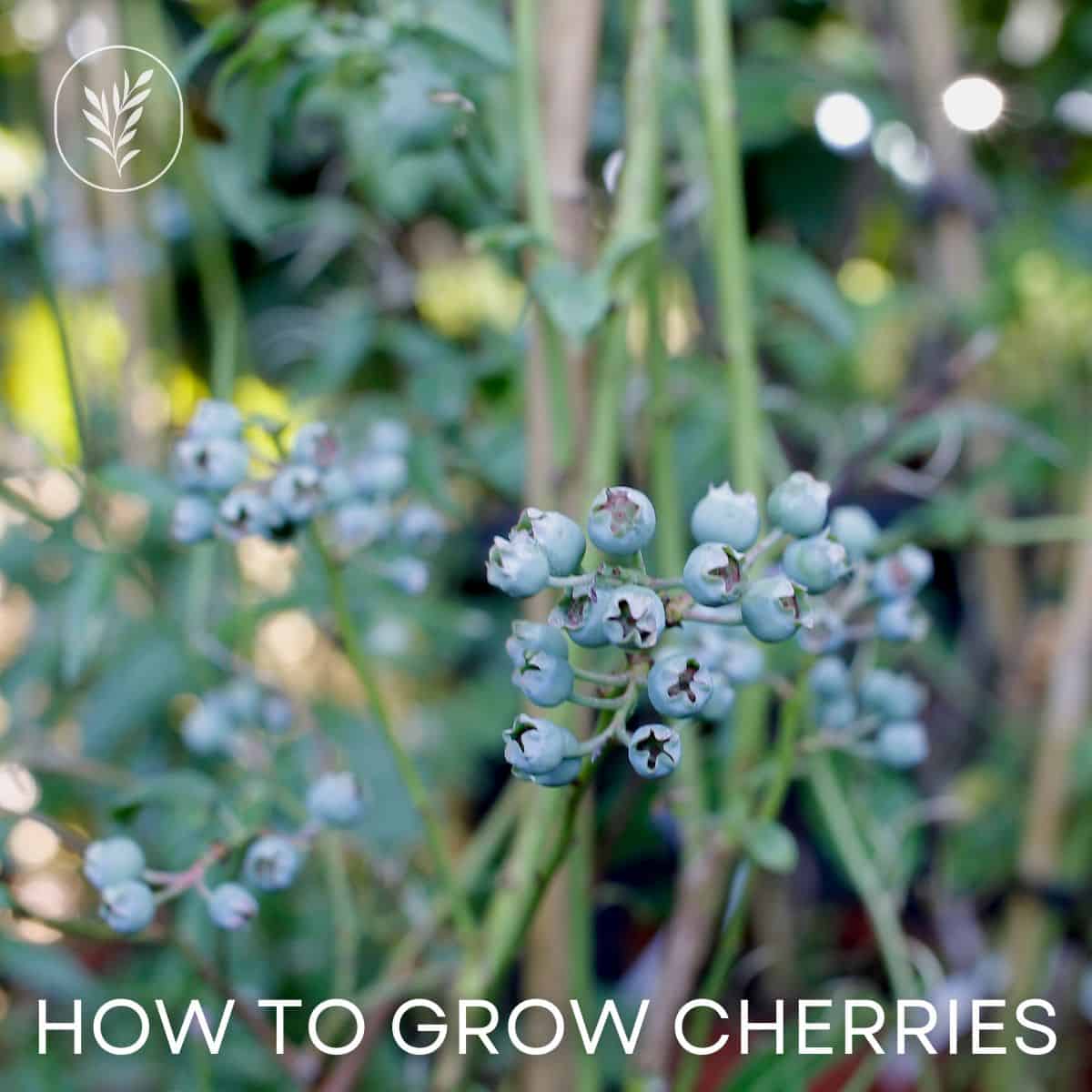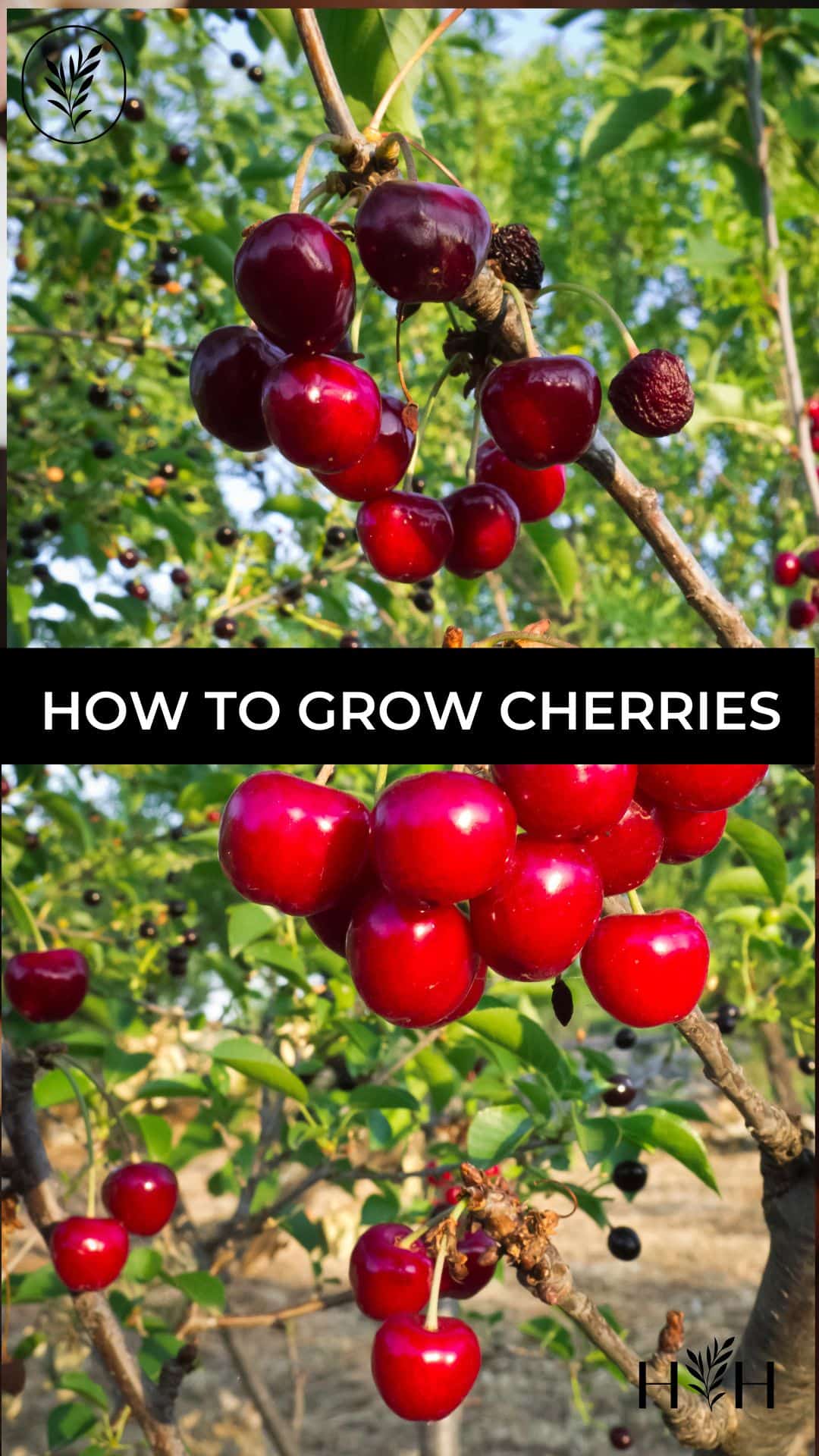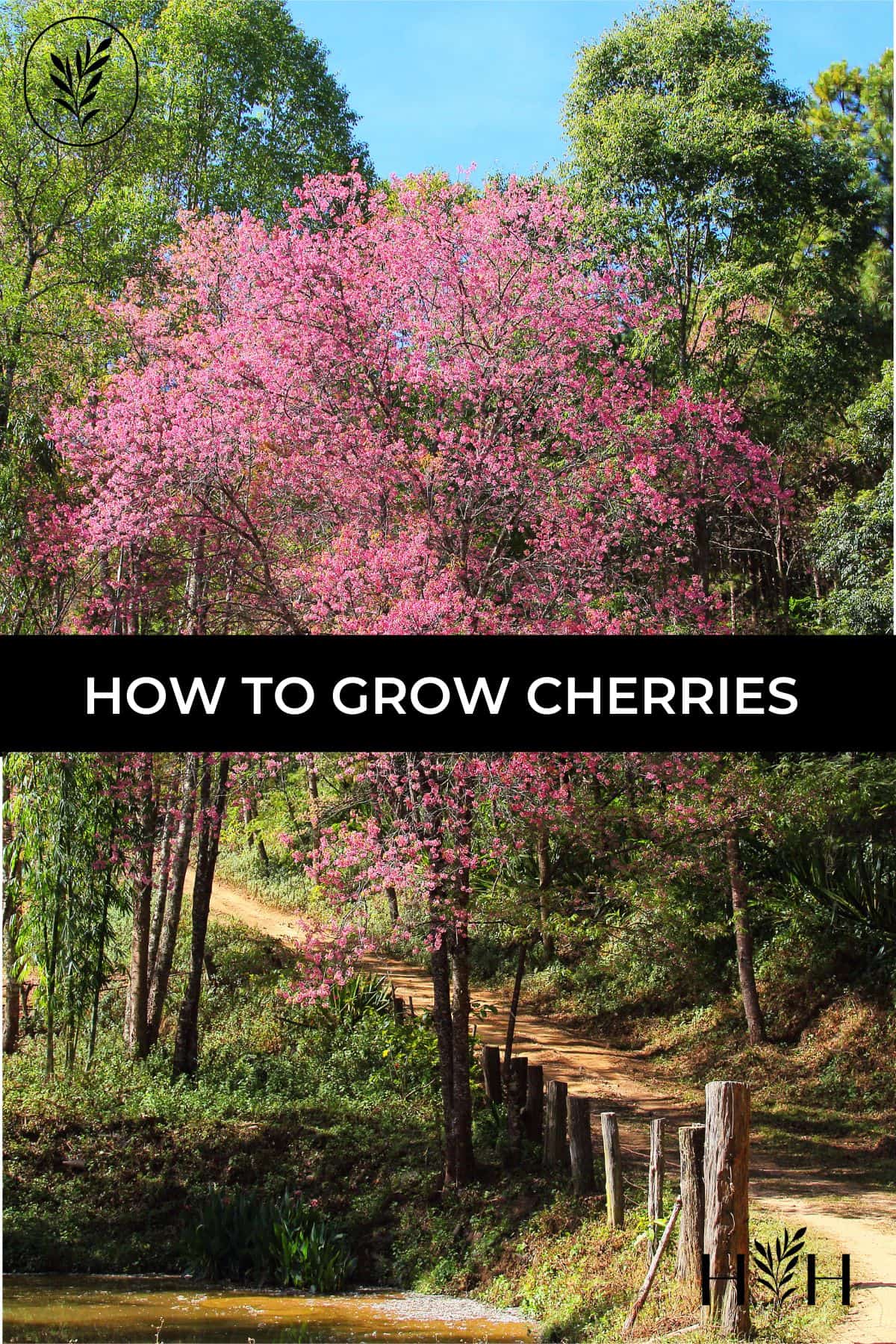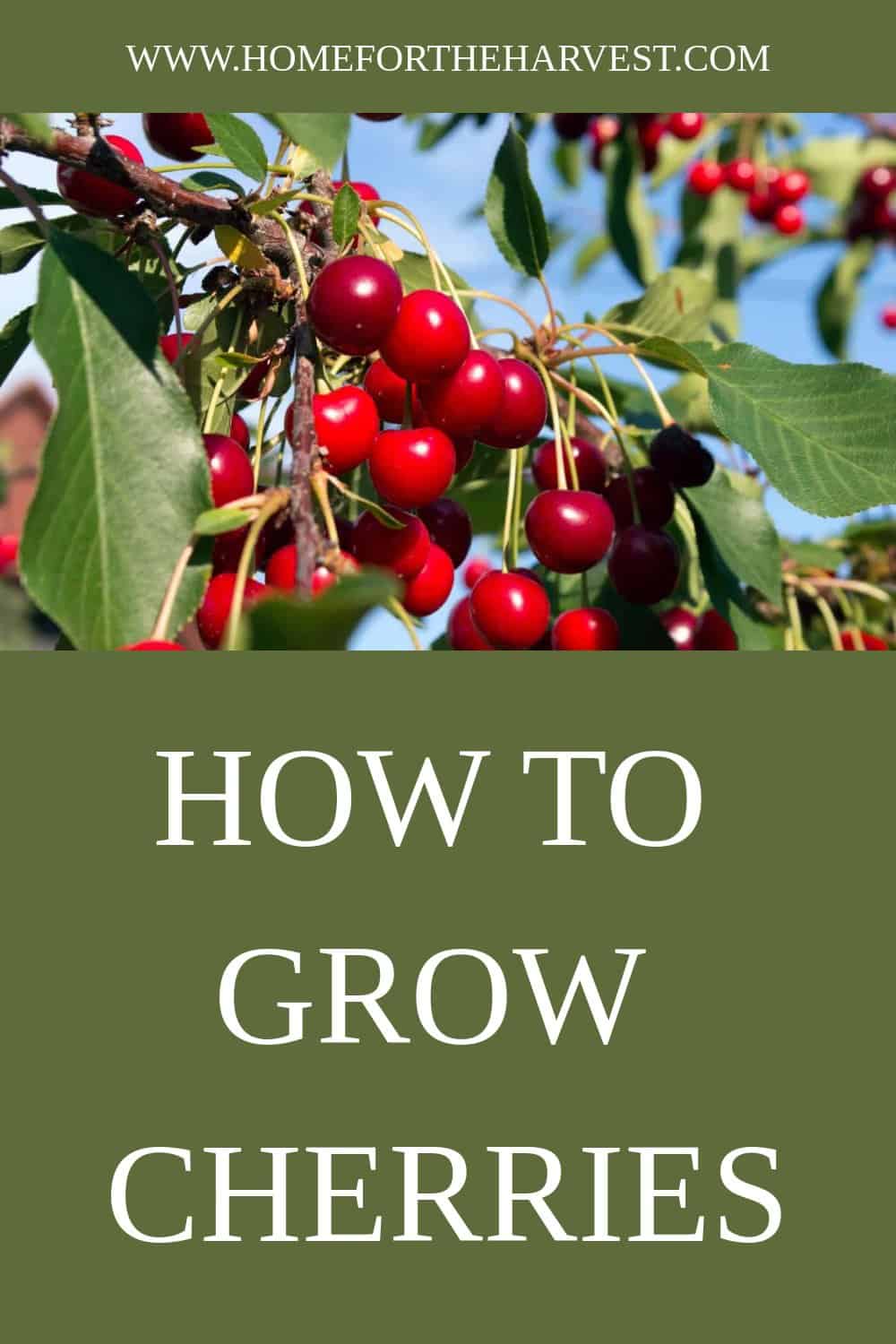Homegrown cherries are delicious! Cherries are easy to grow and produce tasty fruit, enjoyed fresh or turned into jams and pies with minimal effort.
Start by choosing a variety of cherry tree that’s well-suited to your growing climate. Plant your new tree in early spring if possible, being sure to water the new tree regularly. Cherries grow will grow the fastest when planted in a sunny location with well-drained soil. Prune it in late winter and fertilize it in early spring.
Here’s a complete guide to how to grow cherries.
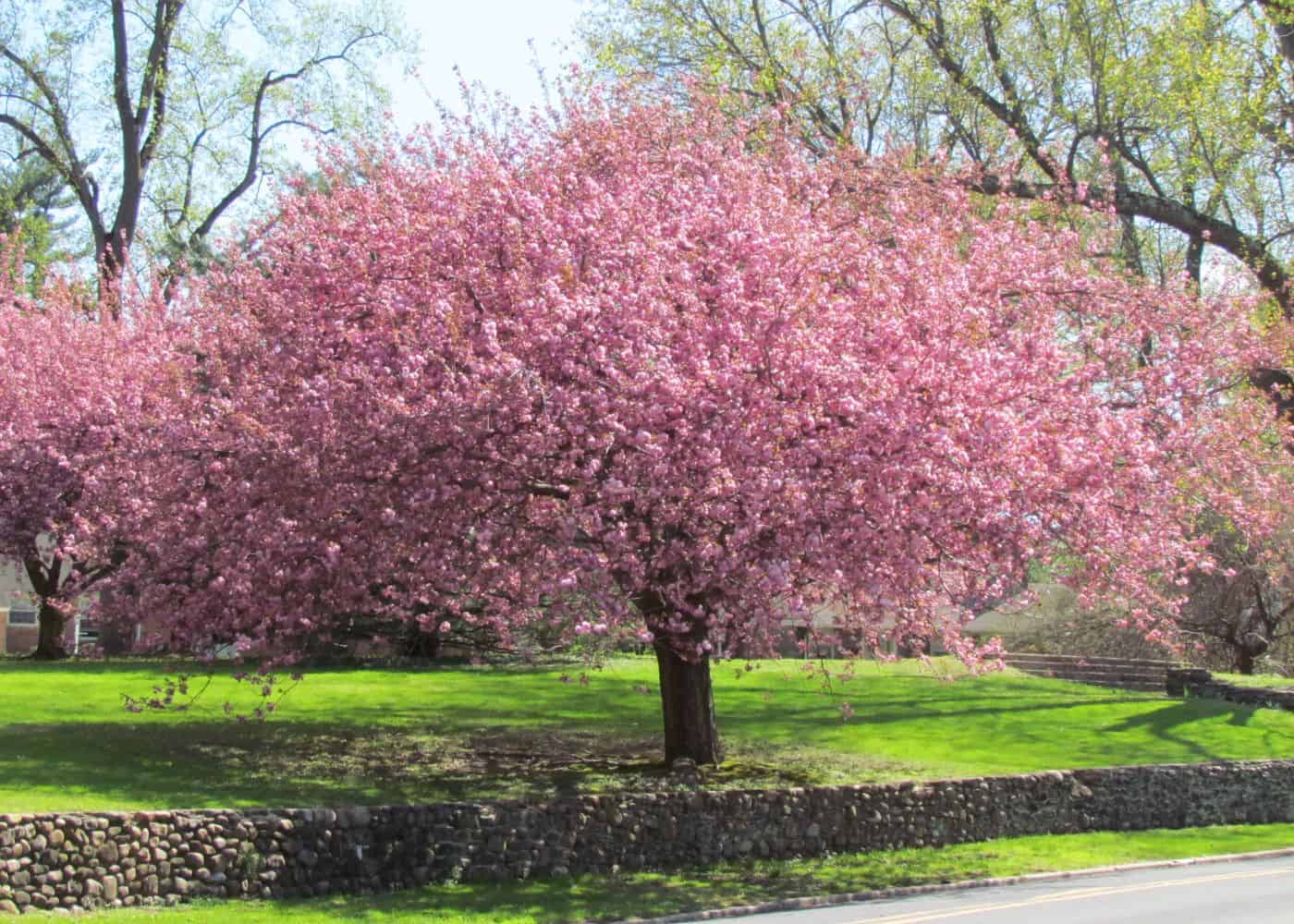
Basics of how to grow cherries
Homegrown cherries taste great, and it’s easy to grow cherry trees at home. Dwarf trees are the ideal cherry tree size for most home gardens. Plant dwarf trees in spring or early summer.
It is essential the soil drains well and has plenty of organic matter to still keep the soil moist. Prune your tree often, as this will help them grow healthy and begin budding. Sweet cherries grow on sweet cherry trees, while tart and sour cherries grow on sour cherry trees. It’s crucial to choose the right type of cherry tree for your climate.
Choosing a site
You can grow cherry trees in most areas of the United States. Plant cherries near other cherry trees of different varieties to cross-pollinate. There are some self-fertile varieties, so be sure to research the exact cultivar before planting.
Iowa State University recommends allowing your cherry tree eight hours of sun. Ensure the branches will not rub against any objects or each other. You can also put netting over the branches, or tie them up, to protect them when they begin fruiting.
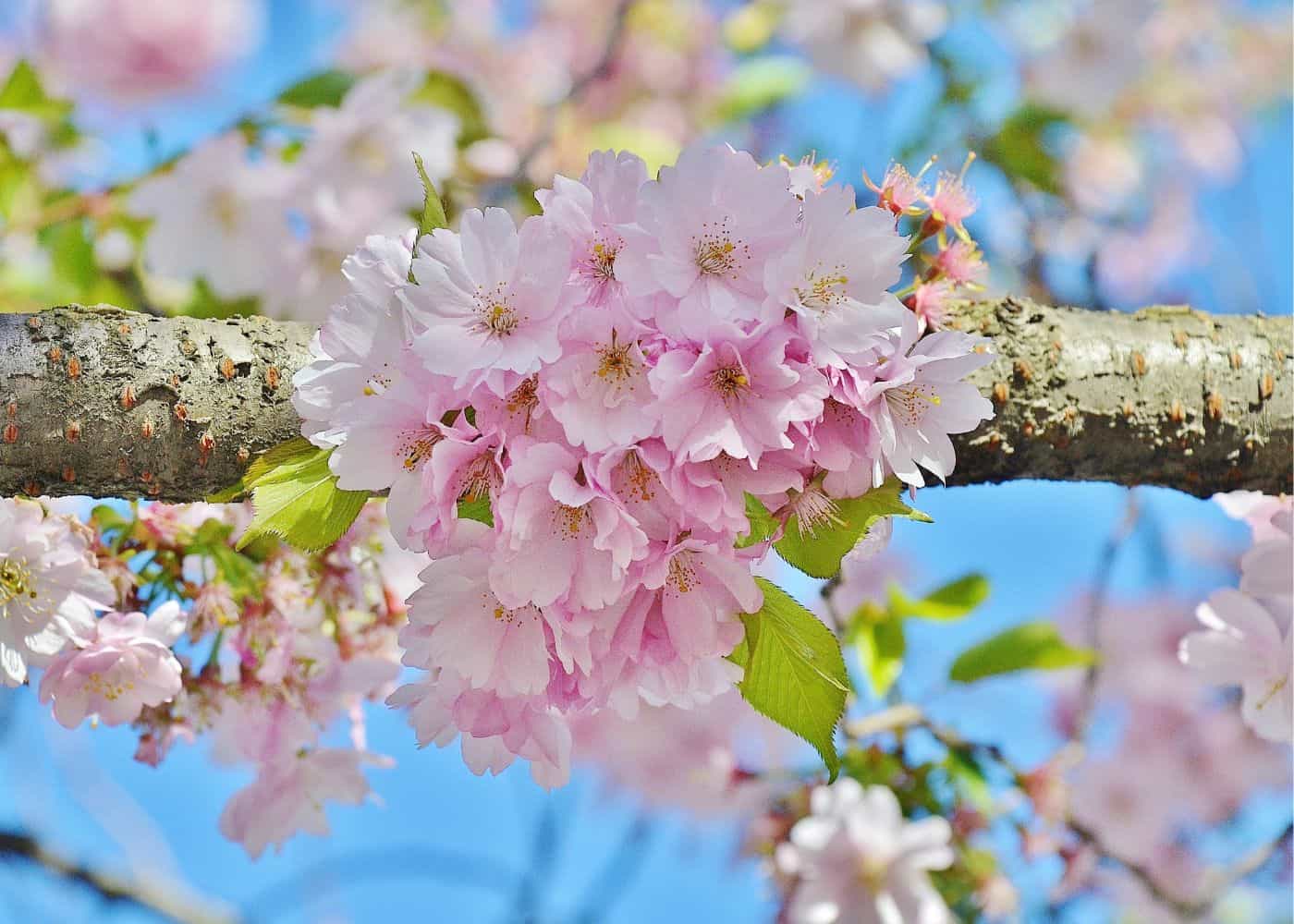
Planning for pollination
Where the cherry trees get planted will affect how much pollination they receive. Plant two trees of different cultivars close by.
To ensure fruit set and pollination, you only need to plant one sour cherry tree. Many sweet cherry types are self-unfruitful because they don’t generate fruit from their own pollen. For each sweet cherry tree to bear fruit, plant at least two different cultivars.
Cherry varieties to consider
Bing cherries are one of the best cherry varieties for the home gardener. Bing is a sweet and crisp cherry popular in North America. This variety has a short harvest time, around mid-June, and is self-fertile.
Royal Anne is another sweet variety with a long harvest time, closer to late June. It is also self-fertile and does well in cold climates like Minnesota’s.
Montmorency tart cherries are high in both sugar and acidity. Montmorency cherries are much sweeter than sour cherries, perfect for baking pies or other desserts. They have a medium-length harvest time, approximately early July, and are not self-fertile.
Pruning and caring for your cherry tree
Some varieties of cherry trees need pruning to produce good crops. Prune trees with scissors or a sharp hand saw in the early spring before they bloom, which is usually after March 1. Wait until the growth has hardened off before pruning.
Inspect the tree and remove any sucker growth, crossing branches, dead wood, and branches close to the ground. The University of Minnesota has further tips on caring for your cherry trees through the seasons.
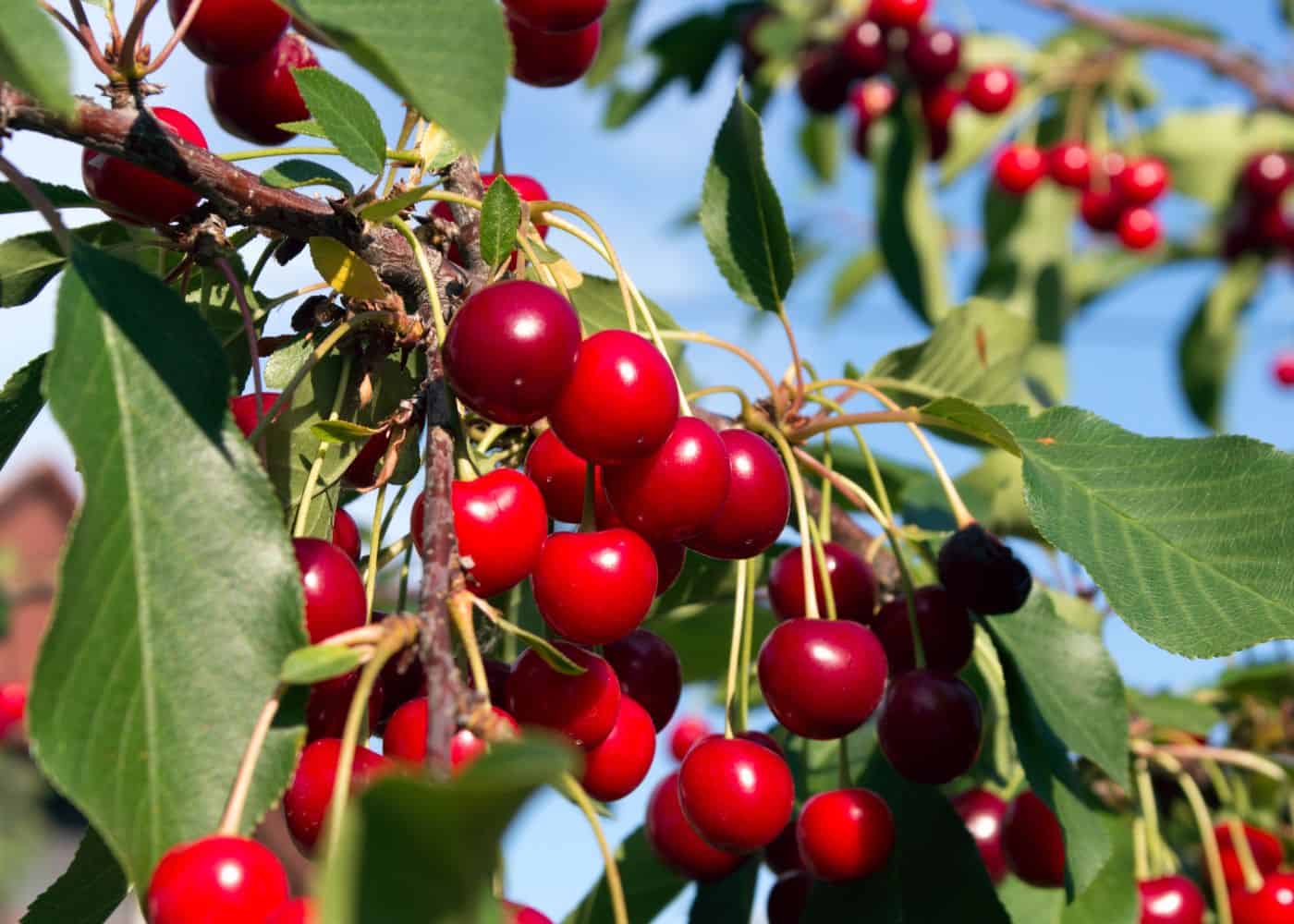
Deterring insects and pests
Once a cherry tree has grown, it should be mostly pest-free. Some insects and pathogens can harm cherry trees, but the harm is often not severe. As a result, spraying cherry trees at home is not essential.
Cherry leaf spot, caused by a fungus called Blumeriella jaapii, is the most prevalent disease. Round, light brown spots appear on the fruit, eventually rotting the cherry. Practice adequate disease management through good cleanliness. Remove fallen leaves and any mummified fruit.
Cherry fruit flies and mites are the insects that most affect cherries. In May, cherry fruit flies will lay their eggs on budding cherries. Damaged fruit will appear shriveled once matured and occasionally have a few cream-colored maggots within.
Damage caused by cherry fruit flies varies from year to year. Instead of attempting preventive control, it is more practical to endure some damage and the loss of edible fruit. spray the tree with a labeled organic insecticide to prevent larvae from developing. Do this when the adults appear before the females deposit their eggs inside the young fruit.
Early in May, keep an eye on fruit flies by hanging yellow sticky traps from the tree. After catching the first flies, check the traps daily. Spray until no more flies are visible. Look for organic home orchard sprays and other insecticides.
Cherries are a favorite food of birds. Give the fruit to the birds or drape plastic netting over the trees. To keep birds from entering from below, fasten the netting to the ground or tree trunk. If netting is not an option, hang aluminum pie tins or balloons from the tree to deter most birds.
Harvesting cherries from your own tree
Pick cherries with a sour or acidic flavor when they are juicy, tender, and full of flavor. Harvest sweet cherries once they have reached the ideal size, have consistent color, and have flavor.
Pluck cherries without stems attached to eat raw and within days. Harvest cherries with stems attached to preserve quality. After picking them, store them right away. Keep cherries in the refrigerator at 32 to 35 degrees Fahrenheit in perforated plastic bags.
Longevity of cherry trees in the landscape
Cherry trees often have a short life span, especially in unfavorable locations. Rarely do sweet cherries live longer than 15 years and remain healthy and fruitful. Cherries that are sour or tart can live for 20 to 25 years. That said, there are old cherry orchards in optimal growing locations that still produce fruit.


